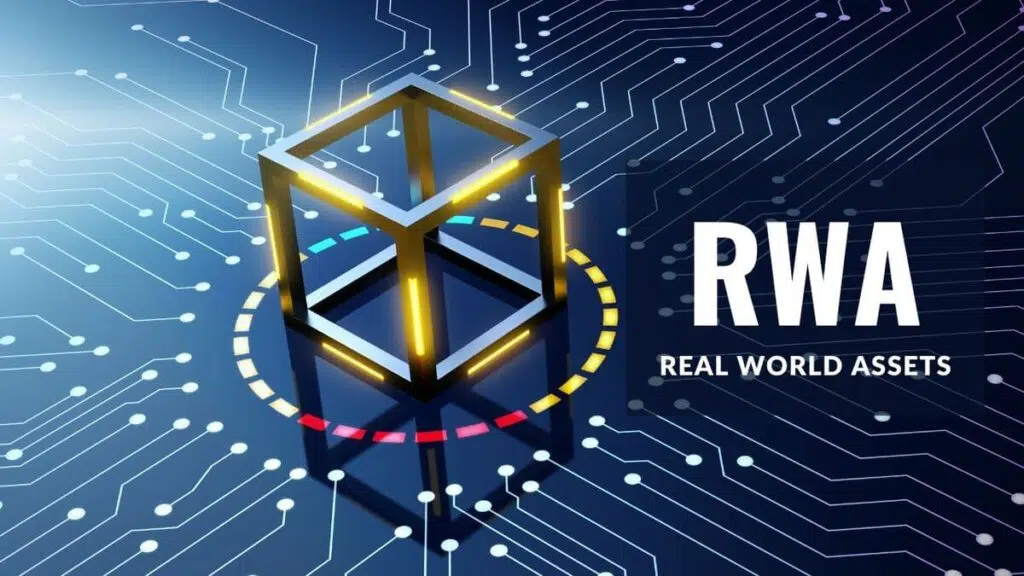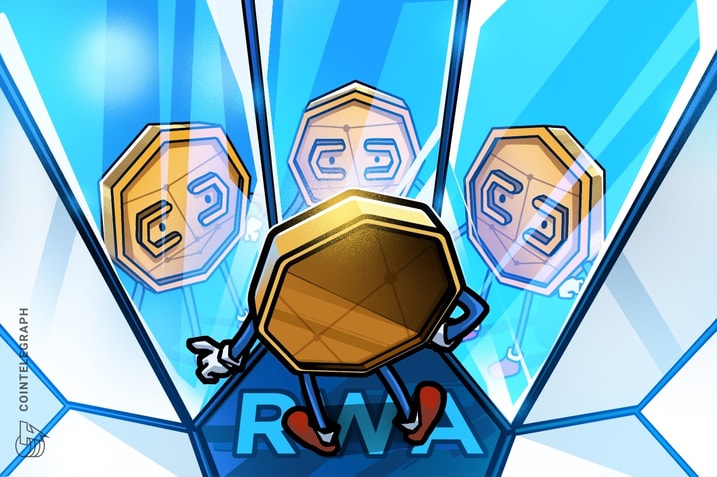Real World Assets: 7 Powerful Changes Shaping Finance Now
Real World Assets (RWAs) have moved beyond theoretical discussions to become a significant force in the blockchain and DeFi ecosystems. These assets, once considered niche or experimental, are now attracting substantial institutional interest and user adoption. From stablecoins to tokenized government bonds, RWAs represent a new wave of financial innovation that leverages blockchain technology to reshape traditional markets. This article explores seven powerful reasons why Real World Assets are changing the face of finance as we know it.

Understanding Real World Assets and Their Growing Traction
Real World Assets refer to physical or financial assets such as real estate, commodities, and government securities that have been tokenized and recorded on blockchain networks. This process creates digital representations that can be traded, transferred, and integrated within decentralized applications. The surge in stablecoin transactions—surpassing major credit card networks by 7.7% last year—illustrates the growing reliance on digital tokens backed by real assets. This momentum is fueling institutional interest, with tokenized US Treasurys becoming an attractive option for investors seeking yield in the DeFi space.
What makes Real World Assets particularly compelling is their ability to serve as programmable money. Unlike traditional assets that are static and cumbersome to transfer, tokenized assets allow for automatic execution of financial contracts and instant settlement. This programmability is transforming RWAs from mere digital certificates into dynamic components of the broader financial ecosystem. Consequently, Real World Assets are no longer just a concept but a foundational element of blockchain finance.

Why Real World Assets Matter: 7 Powerful Impacts
1. Real World Assets Enhance Financial Infrastructure
Real World Assets provide a critical backbone for the emerging programmable economy. By converting physical assets into digital tokens, they enable instant settlement, transparency, and auditability. This enhancement to financial infrastructure reduces costs and friction traditionally associated with asset transfers. It also supports the creation of innovative financial products that depend on real-time data and automated compliance checks, positioning RWAs as fundamental building blocks for future finance.
2. Bridging Traditional and Decentralized Finance
The integration of Real World Assets into blockchain bridges the gap between established financial systems and decentralized protocols. This convergence allows legacy assets to participate in the rapidly evolving DeFi ecosystem, opening avenues for increased liquidity and new market opportunities. By tokenizing traditional assets, RWAs facilitate smoother interactions between centralized institutions and decentralized platforms, fostering collaboration and hybrid financial products.
3. Unlocking Liquidity for Previously Illiquid Assets
Many real-world assets, such as commercial real estate or fine art, have historically suffered from low liquidity due to regulatory barriers and market inefficiencies. Tokenization unlocks fractional ownership and easier transferability, turning illiquid assets into tradable digital tokens. This democratization of ownership attracts a wider range of investors, improving market depth and enabling more efficient capital allocation across sectors.
By enabling smaller investors to access high-value assets previously out of reach, tokenization fosters greater inclusivity in investment opportunities. This shift not only broadens participation but also encourages innovation in how assets are managed and monetized. As a result, markets become more dynamic, responsive, and capable of supporting new financial products tailored to diverse investor needs.
4. Compliance-Aware Innovations Drive Adoption
Legal and regulatory compliance remains a critical challenge. However, new tokenization frameworks embed compliance measures such as Know Your Customer (KYC) protocols and whitelist restrictions, enabling safer interaction within DeFi platforms. These compliance-aware solutions reduce risks for investors and regulators alike, facilitating broader adoption without compromising the core benefits of decentralization.
As these frameworks evolve, they help bridge the gap between traditional financial regulations and innovative blockchain applications. This balance encourages institutional participation and promotes trust in digital asset ecosystems. Ultimately, addressing regulatory hurdles paves the way for a more resilient and accessible financial future.
5. Creating Opportunities for Financial Inclusion
Real World Assets are expanding access to global financial markets, particularly for underserved and underbanked populations. By enabling fractional ownership and reducing minimum investment thresholds, tokenization lowers barriers to entry. This inclusivity fosters wealth creation across demographics previously excluded from traditional investment channels. The ability to participate in global markets through RWAs represents a powerful step toward financial democratization.
6. Real World Assets Fuel Innovation in DeFi
The rise of Real World Assets is catalyzing the development of new DeFi protocols focused on custody, trading, and collateralization of tokenized assets. These innovations are enhancing ecosystem robustness and encouraging experimentation with hybrid financial instruments. Furthermore, RWAs contribute to the diversification of assets available in DeFi, making the space more resilient to market volatility. Their growth is pivotal in driving sustainable innovation within decentralized finance.
7. Sustainable Growth Through Real Asset Backing
Backing digital tokens with tangible, real-world assets helps mitigate volatility and increases investor confidence. This foundation of intrinsic value is crucial for attracting mainstream adoption and institutional investment. Sustainable growth in blockchain finance depends heavily on trust, which Real World Assets provide by anchoring digital assets to real economic value. As this trust builds, RWAs will play an increasingly central role in financial markets.
Challenges and the Road Ahead for Real World Assets
Despite their promise, Real World Assets face several hurdles before achieving mainstream adoption. Regulatory complexity remains the foremost challenge, as tokenized assets must navigate diverse and evolving legal frameworks. This complexity restricts interoperability and limits which protocols can interact with certain tokenized securities. Additionally, the fragmentation of liquidity caused by gated access and permissioned wallets dampens the composability that makes DeFi so powerful.
Efforts to balance regulatory compliance with the decentralized ethos of blockchain are underway, with innovations aimed at maintaining open liquidity while respecting legal boundaries. Industry collaboration, standardized protocols, and clearer regulatory guidance will be key to unlocking the full potential of Real World Assets. The future of finance hinges on successfully integrating these tokenized assets into scalable, secure, and user-friendly ecosystems.
Learn More About Real World Assets
For readers interested in deepening their understanding, our tokenization explained article offers comprehensive insights into how tokenization works and its broader impact on finance. Additionally, trusted news outlets such as Coindesk provide timely coverage and expert analysis of ongoing developments in Real World Assets and blockchain finance.

Real World Assets continue to reshape the financial landscape by merging traditional value with innovative technology. Their evolution marks a critical step toward more efficient, inclusive, and transparent finance worldwide.
Source: By cointelegraph